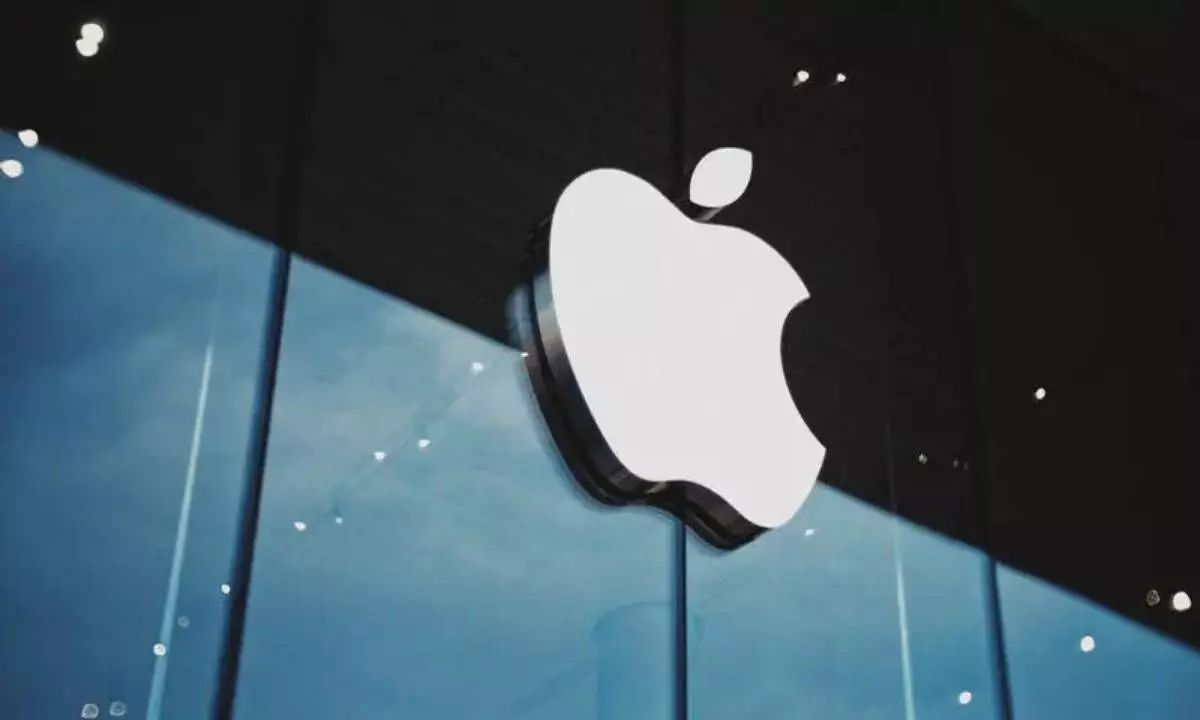Apple iPhone 14 Pro, iPhone 14 Pro Max could be the first to feature 'Always-on Display'
Apple always goes all out with its ‘Pro’ iPhone models. However, despite the superb software and over-the-top hardware, even the iPhone 13 Pro and iPhone 13 Pro Max were missing one key feature.
image for illustrative purpose

However, the iPhone 13 Pro and 13 Pro Max, like past iPhones, miss one key feature that is available on several Android smartphones. And that is the 'Always-on Display'. But that might change with the Apple iPhone 14 Pro and iPhone 14 Pro Max.
According to Bloomberg reporter Mark Gurman, the Always-on Display feature is finally making its way to the iPhone 14 series, although it will only show up on the iPhone 14 Pro and 14 Pro Max. Analysts predicted that the iPhone 13 series would bring the Always-on Display feature considering the use of LTPO display technology.
But that wasn't the case and the iPhone users continue to miss out on a common Android feature. In other news, a newly leaked Apple Pay video does give us a look at the design of the iPhone 14 Pro models. While the video in question does appear to be an official Apple Pay advertisement, Apple has not confirmed the same.
The design of the front of the iPhone 14 model in the video also corroborates previous renders showing the iPhone 14 Pro models with a pill-shaped cutout alongside a hole-punch cutout on the front. While specifications of the iPhone 14 series are still under wraps, the 'Pro' models are expected to feature a new A16 Bionic chip that uses the 4nm process.
However, it is unclear whether or not the vanilla models will use the new A16 chip or opt for an upgraded version of the A15 Bionic mobile platform. Apple is set to host its WWDC conference on June 6, where audiences will be treated to the new changes coming to iOS 16, so we may not have to wait long for some iPhone 14 series information.

